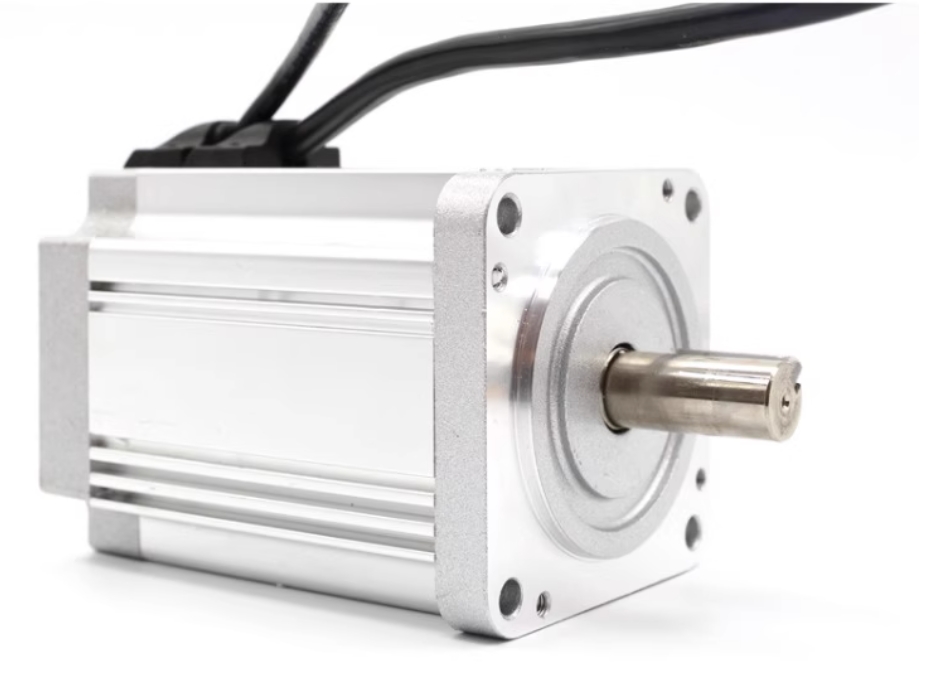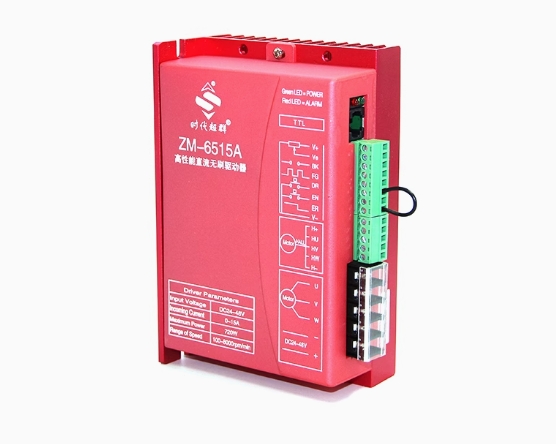What is the application principle of ventilator motor?
The epidemic storm is hitting. In addition to the shortage of masks and protective clothing, Italy, which is currently experiencing a high incidence of severe epidemics, also urgently needs a medical device-ventilator. With the development of medical electronic technology, there are more and more types and forms of ventilators, but their general main structures and principles are basically similar. So what is the structural principle of ventilator motors? Now it is described as follows:
Electro-pneumatic mechanical ventilator
Electro-pneumatic mechanical ventilators can only work and operate normally when powered by both compressed gas and electricity. Usually, compressed air and compressed oxygen are mixed in different proportions to provide both inhaled gas with an appropriate oxygen concentration and the power to generate mechanical ventilation. However, the control and adjustment of ventilation, and the power of various monitoring and alarm systems come from the motor of the ventilator, so this type of ventilator is also called a pneumatic-electric control ventilator. Most of the more complex multifunctional constant volume ventilators use this power supply method.
Application of ventilator control system
Before the 1980s, there were two types of ventilator control methods: one was a ventilator driven by a micro DC motor, which changed the speed of the ventilator through changes in voltage to control parameters such as VT and E:I. The other is a ventilator powered by compressed gas, which uses a needle valve as a variable air resistance to control the inhalation and exhalation process and its conversion. Most modern ventilator motors use various sensors to "perceive "Respiratory mechanics and other changes, and after microcomputer analysis and processing, instructions are issued to automatically adjust VT, Paw, E:I and other parameters. At the same time, it is also equipped with various monitoring and alarm systems to display its values in various forms, display the current status of the ventilator and adjust the parameters.
Application of ventilator safety valve
At present, there are three kinds of exhalation valve devices commonly used: valve exhalation valve, electromagnetic proportional valve and pilot exhalation valve. The valve-type exhalation valve is a duckbill-shaped one-way valve made of lightweight materials. The electromagnetic proportional valve controls the opening and closing of the valve plate by generating electromagnetic force in the magnetic field through the energized wire. The pilot-operated exhalation valve uses a preset pressure to regulate the opening and closing of the exhalation valve. When the ventilator is working normally, the sensor "perceives" changes in respiratory mechanics and other conditions to control the voltage and speed of the DC motor to close the valve. Once the air supply is interrupted, the negative pressure of the pipeline caused by the patient's inhalation will then control the motor to push the valve plate, and at the same time, the motor gearbox will adjust the intake volume. Allow air to go through the ductwork, supply the patient, and avoid suffocation. The valve has very little resistance and is widely used at present.
Ventilator Air-Oxygen Mixer Application
Modern ventilators are equipped with sophisticated air-oxygen mixers that can provide gases with different oxygen concentrations to patients. Its adjustable range is 21%~. The air-oxygen mixer generally consists of three parts: the balance valve, the proportioning valve, and the safety device. When the compressed air and oxygen enter the balance valve, after the primary and secondary balance, the gas pressure is equal, and the gas is output through the proportioning valve to achieve different oxygen concentrations. The ventilator motor is generally used in a safety device. Its function is that when either of the two gases is exhausted or does not meet the requirements for use, the motor controls the valve to automatically switch to the other gas immediately to maintain the supply.



























 XINDA
XINDA